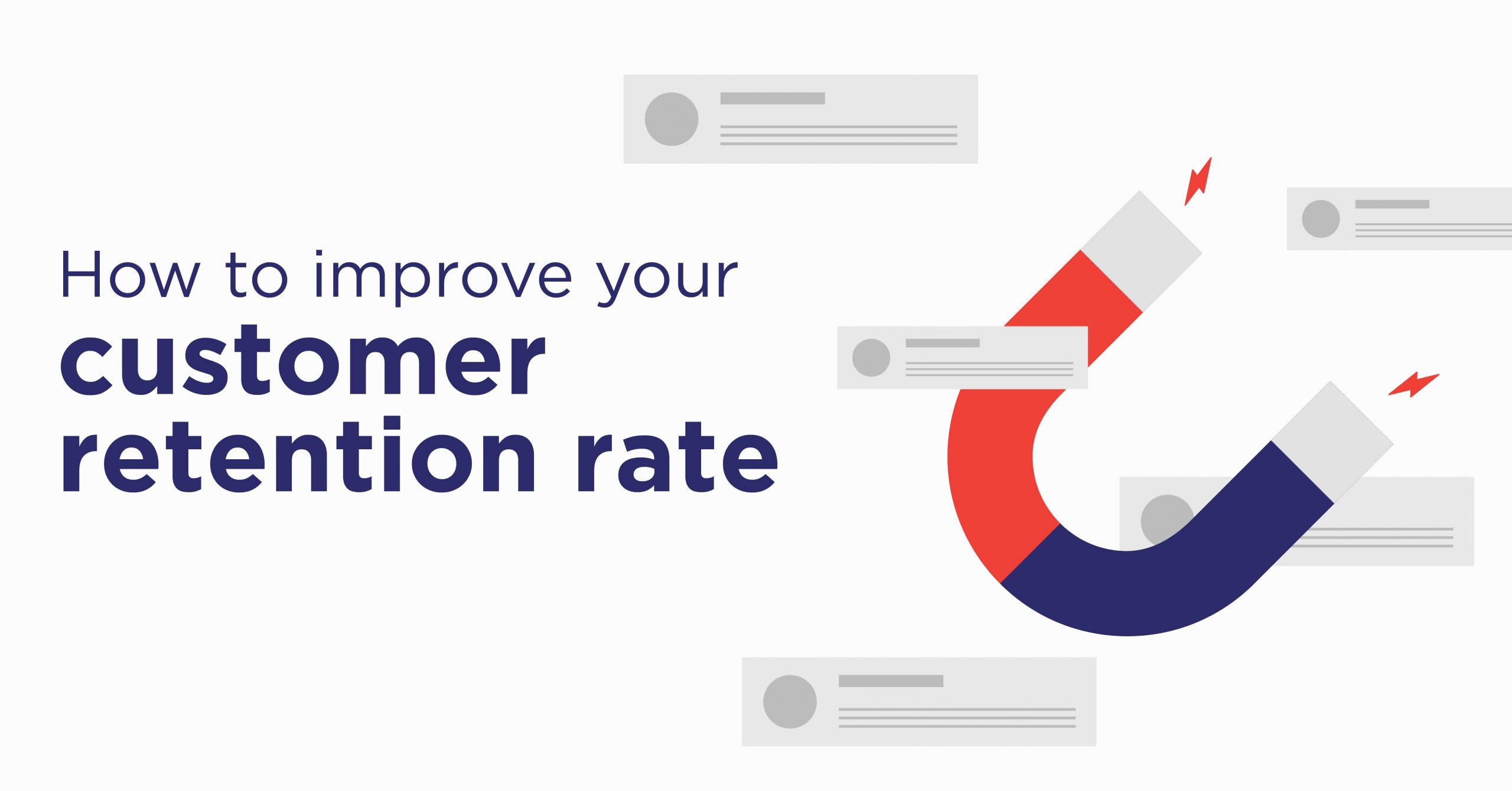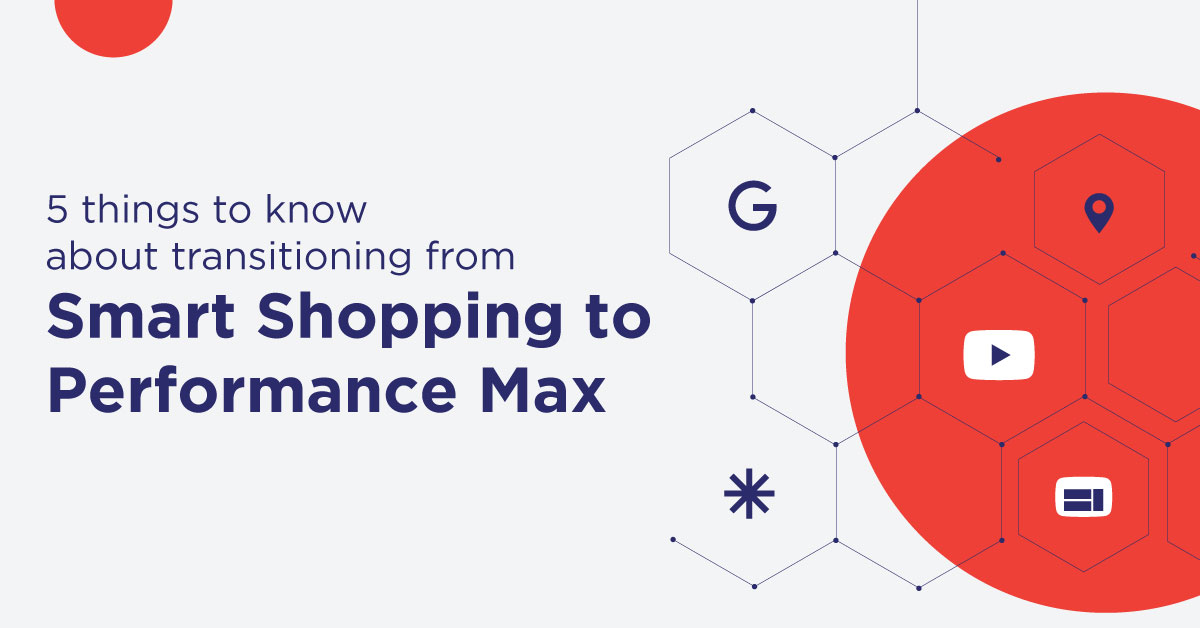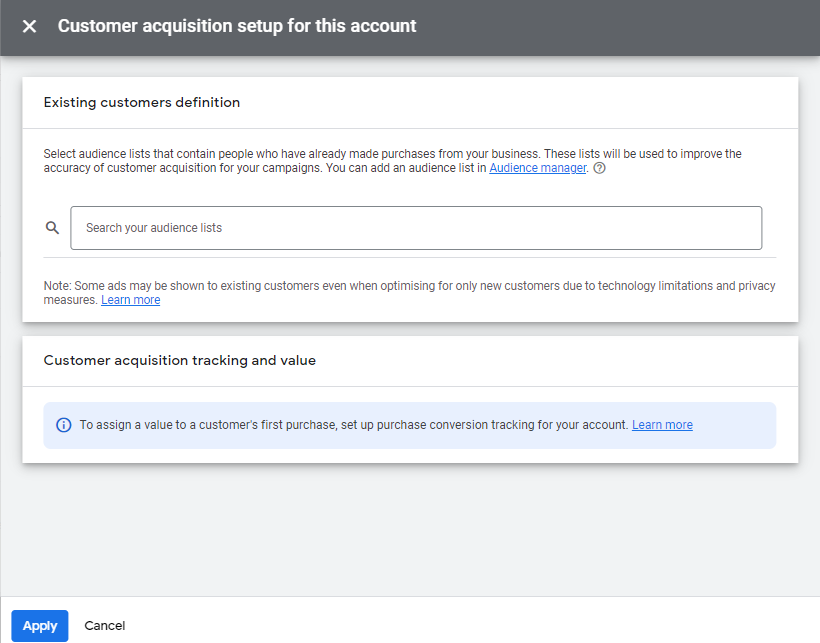While acquiring new customers is important, retaining earlier customers is also equally vital for any business. In fact, it’s a more cost-efficient way to scale. Hence, most brands of today are focusing to improve their customer retention rate.
Such customers know the service they receive from your business better than the newer customers. Moreover, their trust and experience with you make them potential advocates of your business. Therefore, your chances of gaining new loyal customers accelerate!
But before moving forward further, let’s define customer retention and how you can improve it. You can also visit our D2C centre of excellence, D2Scale for more info.
What is Customer Retention Rate?
Customer retention rate helps a business understand the percentage of existing customers that a brand was able to retain over a given period of time. A good retention rate is one of the initial aspects that help a business maintain long-term growth!
While there are multiple factors that affect the customer retention rate of a company, Research Gate highlights some of the prime ones: Service quality, satisfaction, trust, and commitment. These are the major aspects to check from the customer’s perspective. Once aced, the chances of improving the retention rate increase by a massive difference!
Why is Customer Retention so Important?
Analysis of the rate at which a company retains its customers is not just limited to determining its ability to consistently provide value to them. In fact, it helps boost the company’s Return on Investment (ROI), improves trust and loyalty and thereby fetches new customers. It mainly prepares the company for long-term growth by maintaining healthy relationships with its buyers.
Let’s have a deeper look at why customer retention rate is so important for a business.
-
More Cost-Effective
The cost of retention is extremely lower than acquiring new buyers. Experts say that finding a new customer is at least 6 times more expensive than retaining an existing one. Generally, the existing customers are deep into the funnel and are already familiar with the brand’s products/services. Hence, you don’t have to reach them through awareness campaigns and the like. So, brands can look into ways to enhance the four factors that affect their customer retention rate.
-
Increase in Return on Investment (ROI)
Generally, return customers tend to transact more with a brand they know over time. And as they buy more, that company’s operating costs to maintain or serve those customers decrease. Hence, as Bain’s Research tells us, a 5% improvement in retention rate generates around a 25% boost in profit!
-
Improves Trust and Loyalty
Return customers generally pay more or upgrade their payment plans over time rather than choose your competitor who they aren’t acquainted with. Once they understand the value of your products/services and your deep commitment to them, they would find it comfortable. This will lead them to come back again to transact even more.
-
Customers turn into Advocates of your brand
If customers are satisfied, they become advocates of your brand naturally. They would refer your services to a friend or family as they highlight to them the major resolutions they found while doing business with you! The new potential customers collect feedback about the services from people they trust to seriously consider. So, with a low cost of retention, you welcome new customers for absolutely free!
Customer Retention Rate Formula
Before jumping straight into any retention strategy, let’s first understand where your current customer retention rate stands. First, take a time period, let’s say quarterly or yearly. And then consider the fundamental customer retention rate formula:
[(No. of Customers at the End of Period – No. of Customers Acquired During the Period)/ No. of Customers at the Start of the Period] x 100.
So, let’s consider a scenario. At the start of the time period, you had 40 customers, acquired 5 new customers within that time and the 2 customers drop off from doing business with you. Using the customer retention rate formula, the retention rate would stand as:
[(43 – 5) / 40] x 100 = 95% retention
Now that you understand where your customer retention rate stands, you can assess the reasons for the attrition rate. This would help you understand the potential scope of improvement and thereby reduce the attrition rate further.
Also read our guide on : Customer Lifecycle Value vs Cost of Acquisition in Ecommerce
4 Ways on How to Improve your Customer Retention Rate
Using a few strategic customer engagements, you can retain more customers within a given time frame. Here are some ways to improve customer retention for any company. You can try and test out any of the following to see the results.
1. Adjust Prices for Return Customers
You can look into adjusting the charges in a way that’s not hurting your profit but also shows your appreciation towards your customers. For eg, if you have an e-commerce business, you can make adjustments like allowing free delivery or other coupon options. Or, you can provide a cost-effective and smart subscription that helps them cut down costs as they buy more from you.
2. Design a Roadmap for the Future Relationship
It’s a thoughtful practice to show the customers where their relationship with the company is heading. If it’s just the regular transactions and nothing more to it, it will appear as nothing special. This makes customers fall off as they start considering other better options.
Hence, a clear next step in the relationship can provide them with a sense of being a priority or valuable customer. A regular revisiting of the roadmap helps develop new initiatives that serve the goals of both parties mutually. Thus, you can boost your customer retention rate with this future roadmap strategy.
3. Feedback and Action
Asking for feedback doesn’t stop things just there. The answers from both leaving customers and existing customers provide clear scopes of improvement! If you don’t understand the reasons why customers leave, you will never act upon the problems. Once you receive feedback, your team can look into the issues that customers highlight and take proactive measures to bring the problem under control.
If customers see visible differences regarding those issues in a short span of time, they are more likely to continue with you.
4. Create a Customer Loyalty Program
Design a program that rewards your existing customers because of their loyalty. This strategic customer engagement would work as a consistent incentive program for them to come back to your brand for more. You can consider adding points to their profile as and when they refer your business to their family or friends. Or, you can try sending out an appreciation email with 8-10% off on their next purchase!
Moreover, it’s important to keep things simple in conveying the incentive message and actions. It’s imperative that the customer understands the program’s value easily and at once!
Now that you can define customer retention and have a fundamental understanding of it, you can run an audit and tweak the areas to fine-tune your business and the brand! Better yet, you can Download Our Retention Marketing Playbook for D2C Brands or visit D2Scale to gain a thorough understanding!





